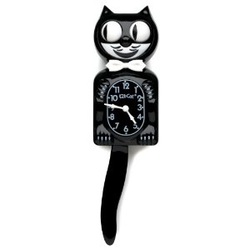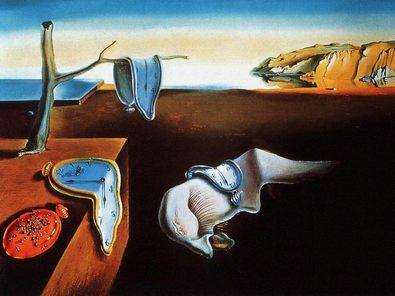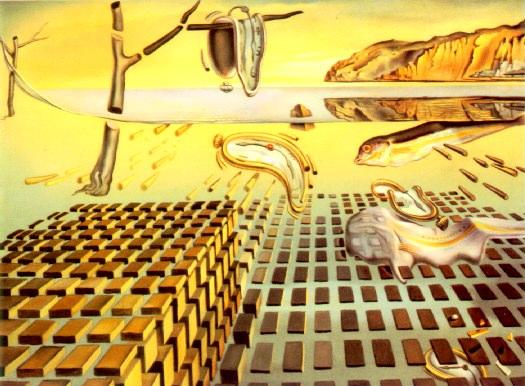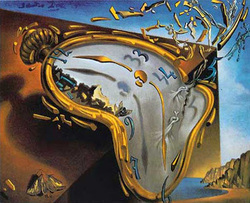
Kit Cat clocks UK are very famous novelty clocks influenced by
the Art deco period. They are typically designed to have eyes moving in track with the pendulum accompanied by a smiling cat design. Occasionally the cat tail moves along with the pendulum too. Usually Kit Cat clocks consist of white and black colours but over time other colours and customizations of the classic style have happened. Kit Cat Clocks started to be created in the 1930’s. They are sometimes seen nowadays as fashion items on walls in music videos and TV shows.
In 1932, during the great depression, Kit Cat clocks were first
created in a small Oregon town by a guy named Earl Arnault (1904-1971). The
clocks were entertaining and unusual because of their rolling eye’s, wagging
tail and contented smile. A following for these types of clock soon established.
Mass manufacturing of Kit Cat clocks started in Portland Oregon
by the Allied clock company. The first Kit Cat designs to become produced were
welded together utilizing metal, but in the future they would use the popular
and much less expensive plastic. The Allied Clock Organization then proceeded to
move to Seattle, Washington; and then onto Southern California in 1962. In due
course the business renamed into the California Clock Company.
The clocks style has evolved little through the years. The
initial generation of Kit Kat wall clocks in the 1930, 1940, & 1950’s
tended to possess two paws, whilst more modern designs tended to possess four
paws plus a dickie bow tie. With these variations the clock grew to become a
famous icon by the end of the 1950’s. The brand of ‘Kit Cat’ wall clocks as we
know them currently was put into the clock face during the 1980’s.
Around 1982 the California Clock Company changed possession to
entrepreneur Woody Young who took over as director and owner. He was handed
liability to keep the business moving from strength to strength into the 21st
century.
To begin with the clock would've been run by AC mains, but as
with lots of clocks throughout the 1980’s they became operated by electric
batteries. However the power apparatus nearly proved its downfall during the
late 1980’s. The American motor unit industry had been moved to Asia and Kit
Cat lost their service provider of a battery formidable enough to generate the
mechanism. Their motor was uncommon since it powered the clock and moving
parts. It left the company no alternate but to create their own new battery
technology.
Through the 90’s Kit Cat developed new creative styles. For
example Limited Colour Versions, ¾ size Kitty Cats and in 2001 the very first
Lady kit Cat was created. It included eye lashes and pearl jewellery as opposed
to a bow tie.
An intriguing fact is the producer guesses that this model of
wall clock is sold once every three minutes during the last 50 years which
indicates how popular they are. The ‘Kit cat’ signature has been patented
through the California Clock
Corporation.
As mentioned previously the wall timepiece has long been
showcased in many films and pop videos, these include - Back to the Future, The
Simpsons and a Taylor Swift Video.
In 2012 Kit Cat celebrated its 80th anniversary. 50 years making
timepieces in California and 30 years with their president Woody Young. Kit cat
timepieces are showing they are very popular as ever with clocks being sold in
retailers everywhere around the world.
the Art deco period. They are typically designed to have eyes moving in track with the pendulum accompanied by a smiling cat design. Occasionally the cat tail moves along with the pendulum too. Usually Kit Cat clocks consist of white and black colours but over time other colours and customizations of the classic style have happened. Kit Cat Clocks started to be created in the 1930’s. They are sometimes seen nowadays as fashion items on walls in music videos and TV shows.
In 1932, during the great depression, Kit Cat clocks were first
created in a small Oregon town by a guy named Earl Arnault (1904-1971). The
clocks were entertaining and unusual because of their rolling eye’s, wagging
tail and contented smile. A following for these types of clock soon established.
Mass manufacturing of Kit Cat clocks started in Portland Oregon
by the Allied clock company. The first Kit Cat designs to become produced were
welded together utilizing metal, but in the future they would use the popular
and much less expensive plastic. The Allied Clock Organization then proceeded to
move to Seattle, Washington; and then onto Southern California in 1962. In due
course the business renamed into the California Clock Company.
The clocks style has evolved little through the years. The
initial generation of Kit Kat wall clocks in the 1930, 1940, & 1950’s
tended to possess two paws, whilst more modern designs tended to possess four
paws plus a dickie bow tie. With these variations the clock grew to become a
famous icon by the end of the 1950’s. The brand of ‘Kit Cat’ wall clocks as we
know them currently was put into the clock face during the 1980’s.
Around 1982 the California Clock Company changed possession to
entrepreneur Woody Young who took over as director and owner. He was handed
liability to keep the business moving from strength to strength into the 21st
century.
To begin with the clock would've been run by AC mains, but as
with lots of clocks throughout the 1980’s they became operated by electric
batteries. However the power apparatus nearly proved its downfall during the
late 1980’s. The American motor unit industry had been moved to Asia and Kit
Cat lost their service provider of a battery formidable enough to generate the
mechanism. Their motor was uncommon since it powered the clock and moving
parts. It left the company no alternate but to create their own new battery
technology.
Through the 90’s Kit Cat developed new creative styles. For
example Limited Colour Versions, ¾ size Kitty Cats and in 2001 the very first
Lady kit Cat was created. It included eye lashes and pearl jewellery as opposed
to a bow tie.
An intriguing fact is the producer guesses that this model of
wall clock is sold once every three minutes during the last 50 years which
indicates how popular they are. The ‘Kit cat’ signature has been patented
through the California Clock
Corporation.
As mentioned previously the wall timepiece has long been
showcased in many films and pop videos, these include - Back to the Future, The
Simpsons and a Taylor Swift Video.
In 2012 Kit Cat celebrated its 80th anniversary. 50 years making
timepieces in California and 30 years with their president Woody Young. Kit cat
timepieces are showing they are very popular as ever with clocks being sold in
retailers everywhere around the world.



 RSS Feed
RSS Feed